SUMMARY
This is AI generated summarization, which may have errors. For context, always refer to the full article.
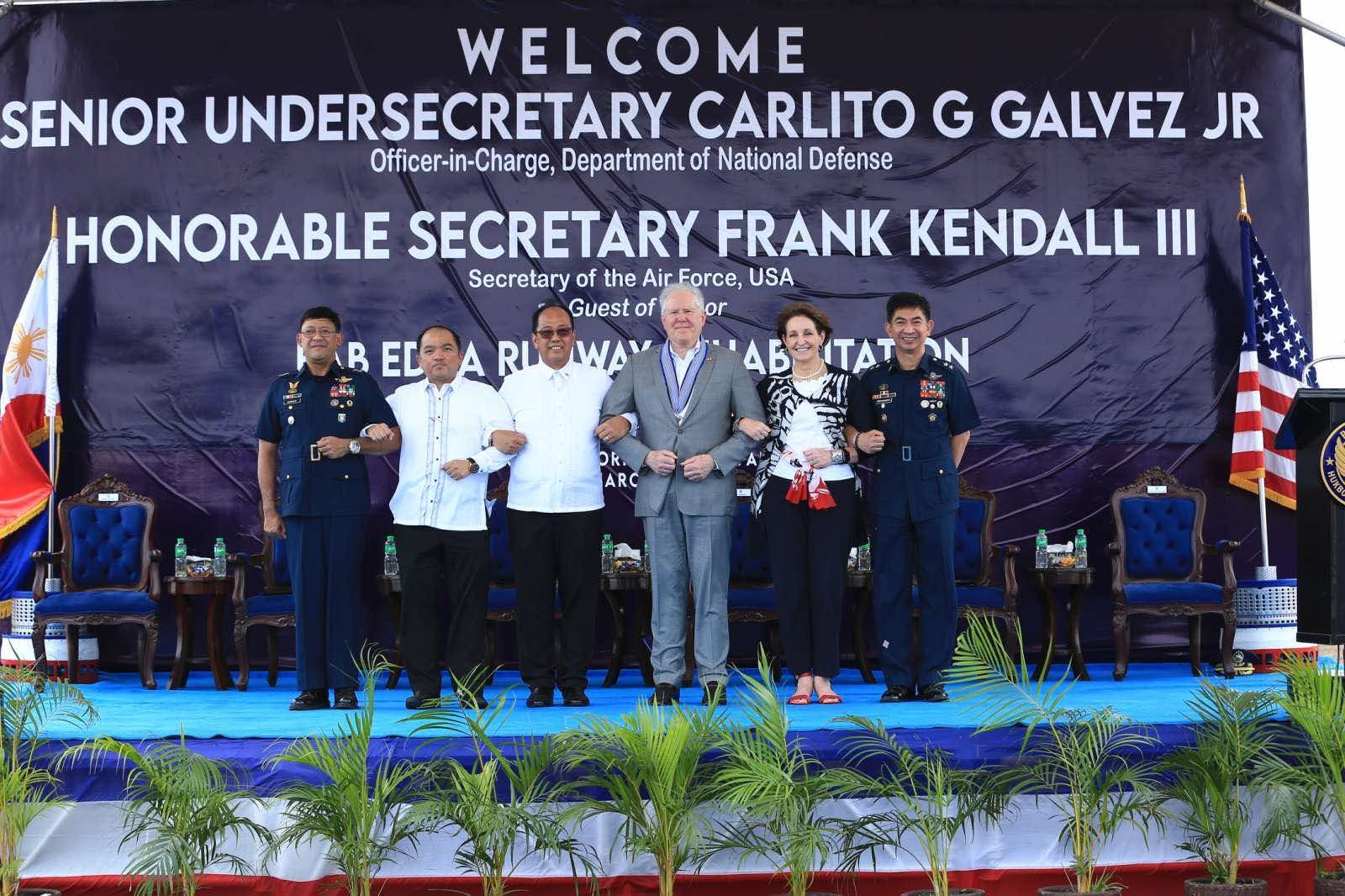
PAMPANGA, Philippines – As the Philippines and the US move closer to expanding the Enhanced Defense Cooperation Agreement (EDCA), a key defense deal that would usher a larger US military footprint in the country, senior officials from both Manila and Washington bannered the benefits of the agreement that has faced local pushback from a number of politicians in recent weeks.
At a groundbreaking ceremony to rehabilitate the runway at Basa Air Base in Floridablanca, Pampanga, on Monday, March 20, Philippine and American officials made a pitch for EDCA, highlighting the impact the deal would have on local economies and the Philippines’ overall defense posture.
“What we are improving is the collective defense we have,” Defense Officer-in-Charge Senior Undersecretary Carlito Galvez Jr. told reporters. “It’s not directed to anybody else but to honor our obligations with the US…so we can pursue and implement our joint vision of having a free and open Indo-Pacific.”
While the development to expand EDCA has been welcomed by several countries in the region, it has faced pushback in recent weeks from a few politicians who shared fears that it would drag Filipinos into a conflict with China.
Among those who questioned the deal were Senator Imee Marcos, head of the Senate’s foreign relations committee and sister of President Ferdinand Marcos Jr., and Governor Manuel Mamba, a local official of Cagayan – a province likely to play host to new EDCA sites.
In a press conference, however, Galvez said that during a meeting held with Mamba, the local official said “he will abide by the decision of the President.”
“And we have already decided,” he added. Details on new EDCA sites were expected to be announced “soon,” Galvez said.

Economic benefits, disaster relief
On the economic front, US Ambassador to the Philippines MaryKay Carlson said EDCA “supports the local economy and creates jobs.”
The US has allocated over $82 million to complete 21 projects under the five existing EDCA sites, “the vast majority” of which would go to Philippine companies, Carlson said.
Materials used for the construction of these projects were also sourced locally, the envoy added, “from 80 kilometers to the northeast at Fort Magsaysay [in Nueva Ecija] to 630 kilometers away in the southeast at Cebu.”
When it comes to responding to climate-related calamities, the military deal would also enhance US support for humanitarian assistance activities not only in the Philippines but in the region, said US Air Force Secretary Frank Kendall III.
In particular, the rehabilitation of the 2,800-meter Basa Air Base runway, once completed, would provide a larger area for bigger aircraft such as C-130s to maneuver.
Rehabilitation of the runway first built in 1941 is one of 15 projects between the Philippine Air Force and US forces under EDCA, five of which have been completed, while five more on each side were awaiting implementation.
Enhanced defense
When it comes to improving the Philippines’ defense posture, officials underscored that EDCA aims to both modernize the Armed Forces of the Philippines and aid the two countries in upholding its Mutual Defense Treaty (MDT), which sees both sides commit to defend one another in case of an armed attack in the Pacific.
“If the Mutual Defense Treaty is the ‘why,’ then EDCA is the ‘how,’” Carlson said.
Once completed, upgrades to the runway at Basa Air Base would also make the military base an ideal area for joint exercises, Galvez said.
For Department of Foreign Affairs Assistant Secretary for American Affairs Jose Victor Chan-Gonzaga, fully implementing EDCA will likewise make the alliance “more resilient.”
The military deal stands as a “key pillar” supporting combined training, exercises, and interoperability between the two countries’ forces.
“As we look forward to the years ahead, we must also acknowledge that the world has dramatically changed…. We clearly have to forge ahead with our individual and joint efforts to manage geopolitical shifts,” Chan-Gonzaga said.
Kendall added, “We are at an inflection point in history and our cooperation will help ensure that we stay on the path to peace and stability.” – Rappler.com
Add a comment
How does this make you feel?
![[OPINION] EDCA: The bumpy road to restoring the PH-US alliance](https://www.rappler.com/tachyon/2023/02/tl-edca.png?fit=449%2C449)

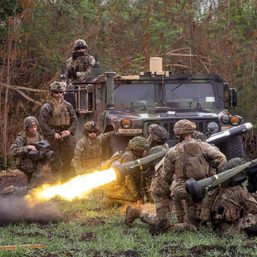
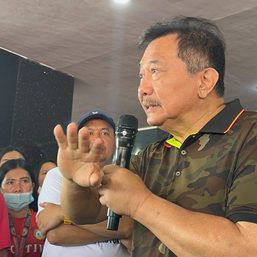
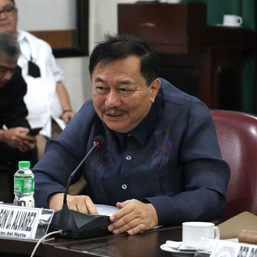
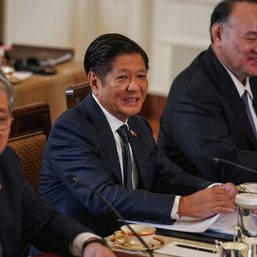


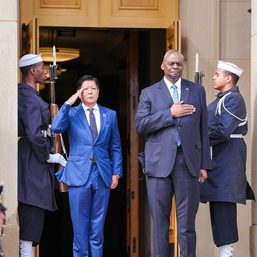

There are no comments yet. Add your comment to start the conversation.